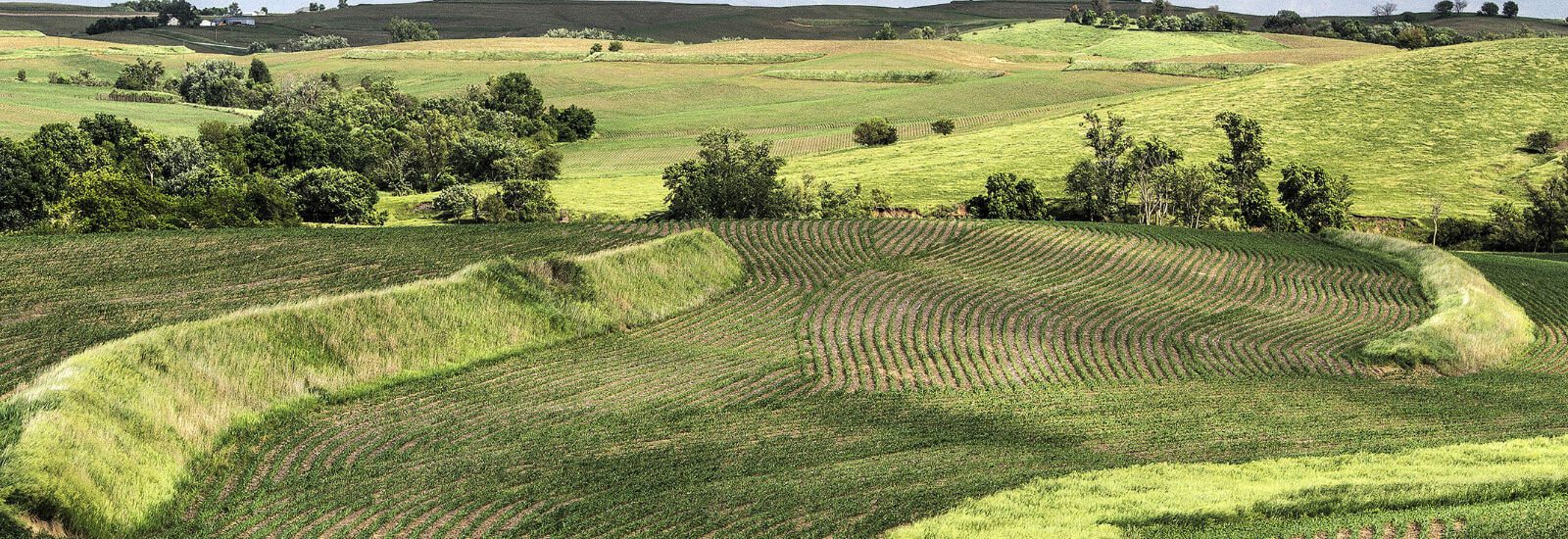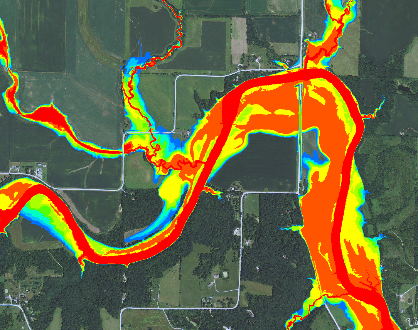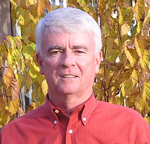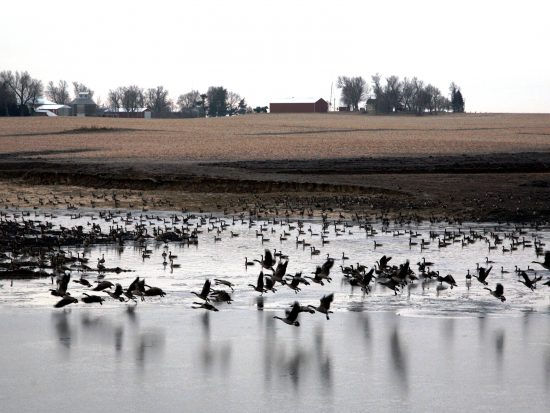In the summer of 2013, Iowa Natural Heritage Foundation (INHF) launched the Floodplain Outreach Program. This program develops flood plain maps that show areas that are prone to flooding and scour erosion. With these maps, farmers and ag retailers can identify those flood plain acres that are expected to flood one half, one fifth, and one tenth of the years farmed. According to the Iowa DNR, flood plain mapping is the creation of new, comprehensive, accurate flood plain maps for Iowa cities and counties. The program has the potential to let …
4Rs Are Not Enough
What’s the difference between a nice slogan and an effective conservation program? In the case of nutrient management, it can be quite a big difference. For the last several years, I have heard and read much about the 4R Nutrient Stewardship strategy from many organizations like The Fertilizer Institute and the International Plant Nutrition Institute. The philosophy of the 4R strategy is said to be a science-based approach that offers enhanced environmental protection. Certainly, the 4R strategy has nice ring to it. It kind of rolls off the …
Targeting Critical Resource Areas
Throughout many watersheds in the Corn Belt, entire farms and fields are managed uniformly to simplify farming operations. However, land conditions such as soil type and topography vary substantially at smaller scales. This in-field variability influences the need for and effectiveness of conservation best management practices for erosion control. In order to reduce soil loss and improve water quality, it is imperative that conservation practices be applied to these critical resource areas on the landscape. Defining critical areas at the …
Precision Conservation Needs the Easy Button
Conservation is in desperate need of the Easy Button. We can never hope to mainstream conservation if we can’t figure out how to build the Easy Button. Conservation is complicated. There is sheet & rill erosion, ephemeral erosion, nitrogen leaching, soluble phosphorus, insoluble phosphorus, greenhouse gases, denitrification, and so much more. The issues can make the head spin of even a learned conservationist. From this complicated perspective it seems it is impossible to scale conservation. It takes too long to learn the trade and …
Why Not Precision Conservation?
This week I am pleased to have as my guest writer, Jim Gulliford, Executive Director of the Soil and Water Conservation Society (SWCS). SWCS is a professional society dedicated to promoting the science and art of natural resource conservation and has been a leader in encouraging the adoption of precision conservation. Jim has more than 30 years professional experience administering natural resource protection programs in agriculture and for the Environmental Protection Agency. I first met Jim back in the early 1980’s when I was a young NRCS …
Feeding The World: Where are we headed?
The world’s population will likely increase to nine billion people by 2050. That is a whole lot of mouths to feed. The combination of population growth and the world demand for richer diets will require us to approximately double the amount of crops grown over the next four to five decades. To make matters worse, the nine billion people will occupy more living space, require more infrastructure and use more recreation land, all leading to less land to farm. To feed the burgeoning population with fewer acres will require us to develop more …






